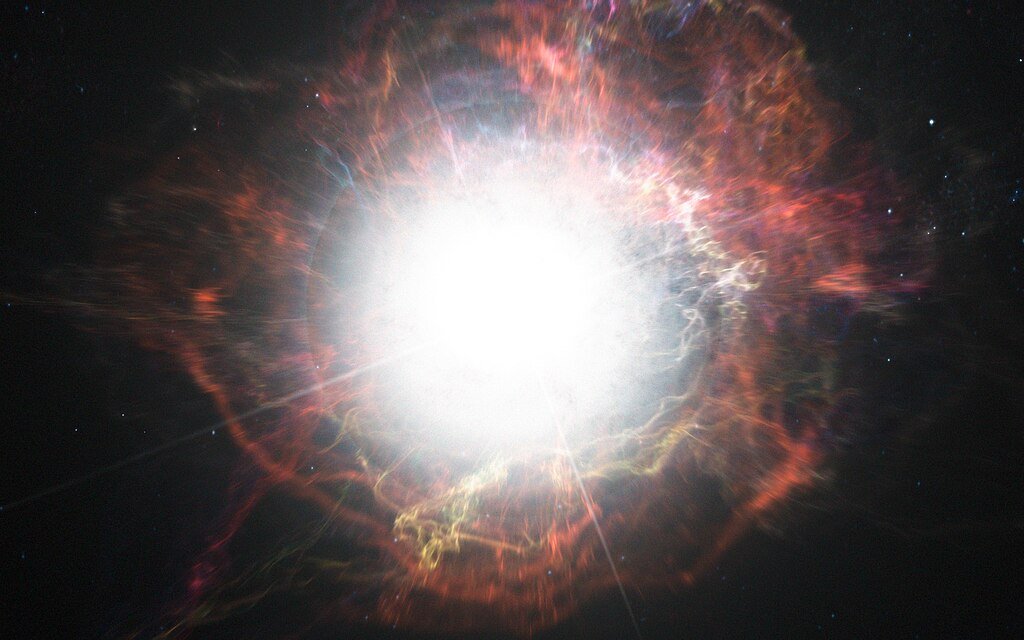Among the most energetic events in the universe’s catalog of violent events since the Big Bang, astronomers have found a new extreme in the class of cosmic explosions. Dubbed extreme nuclear transients (ENTs), these rare, ultra-luminous events were seen in the centers of far-off galaxies where supermassive black holes split apart large stars in catastrophic feeding frenzies. Unlike most supernovae, which fade in a few weeks, these explosions peaked months ago and stayed observable for years, releasing as much energy in a single year as one hundred suns would over their whole lifetime. Published in a recent Science Advances paper, the discovery provides astronomers with hitherto unheard-of access to the most far-off black holes in the universe and the violent events sculpting them.
A New Class of Cosmic Cataclysm
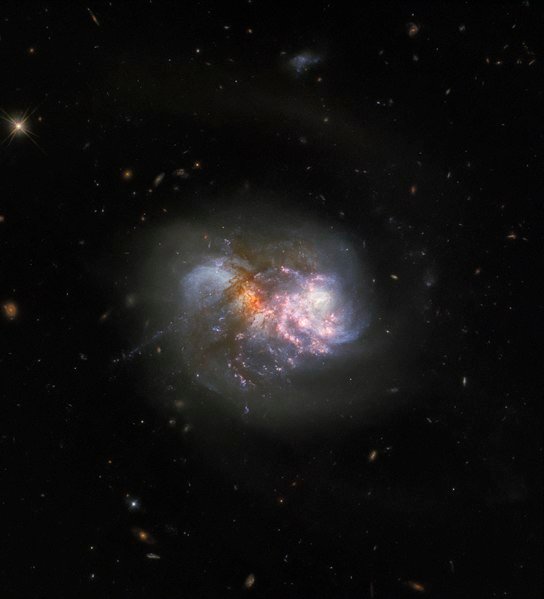
The first hints surfaced in 2020 when astronomer Jason Hinkle then at the University of Illinois Urbana-Champaign sieved data from the Gaia space telescope and found two rather bright flares from 2016 and 2018. They initially appeared to be anomalies, until the Zwicky Transient Facility (ZTF) found a third event known as “Scary Barbie” (ZTF) in 2023. The parallels between these flares verified they were not flukes but rather a new astrophysical occurrence.
ENTs differ mostly in their absolute energy output and lifetime. Whereas ordinary tidal disruption events (TDEs) where black holes shred stars fade within months, ENTs last for years and emit continuous UV and X-ray radiation. Anna Payne, a co-author of the study, says “We’re pushing the upper bounds of what we understand to be the most energetic environments in the universe.”
Black Hole Feeding Frenzies on a Cosmic Scale
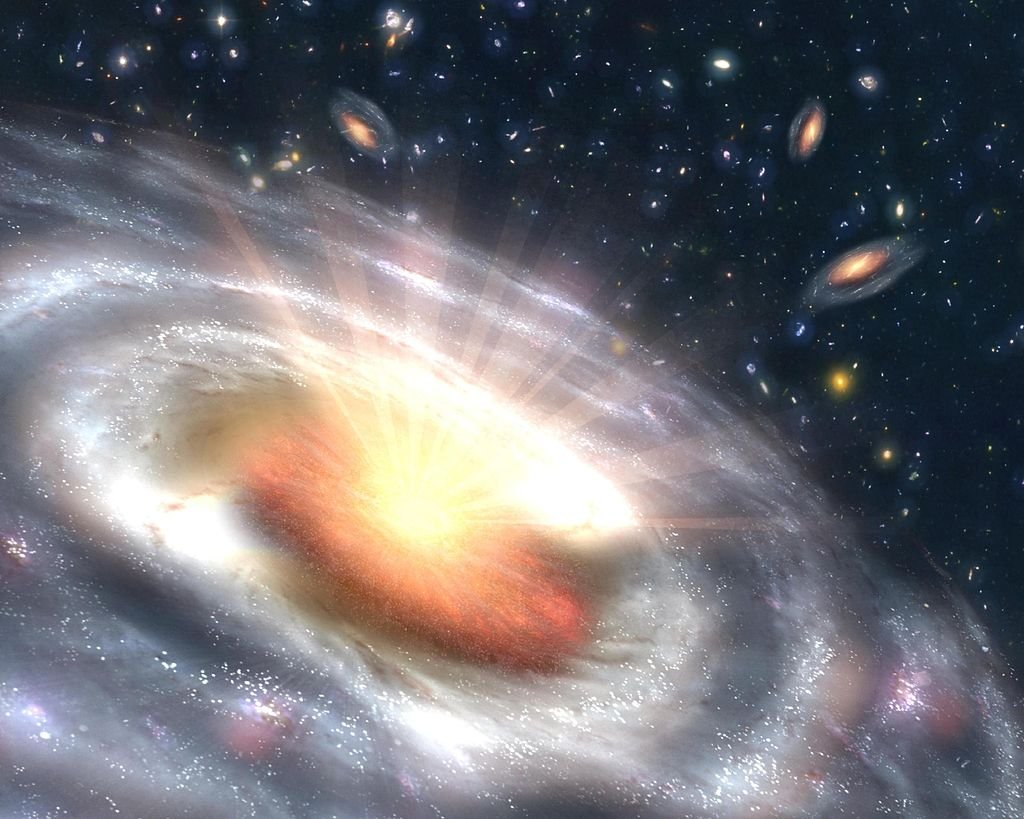
According to the leading hypothesis, ENTs arise when supermassive black holes millions to billions of times the mass of the Sun tear apart unusually large stars. Unlike usual TDEs, where a star is rapidly consumed, ENTs may involve repeated, prolonged disruptions where the black hole feeds on stellar debris in several violent episodes.
With X-ray traces matching theoretical models of black hole-star interactions, observations from NASA’s NEOWISE and the Neil Gehrels Swift Observatory revealed that these explosions emitted most of their energy in UV light. Not seen before, the light curves and how the brightness changed over time exclude supernovae or gamma-ray bursts.
A Window into the Early Universe
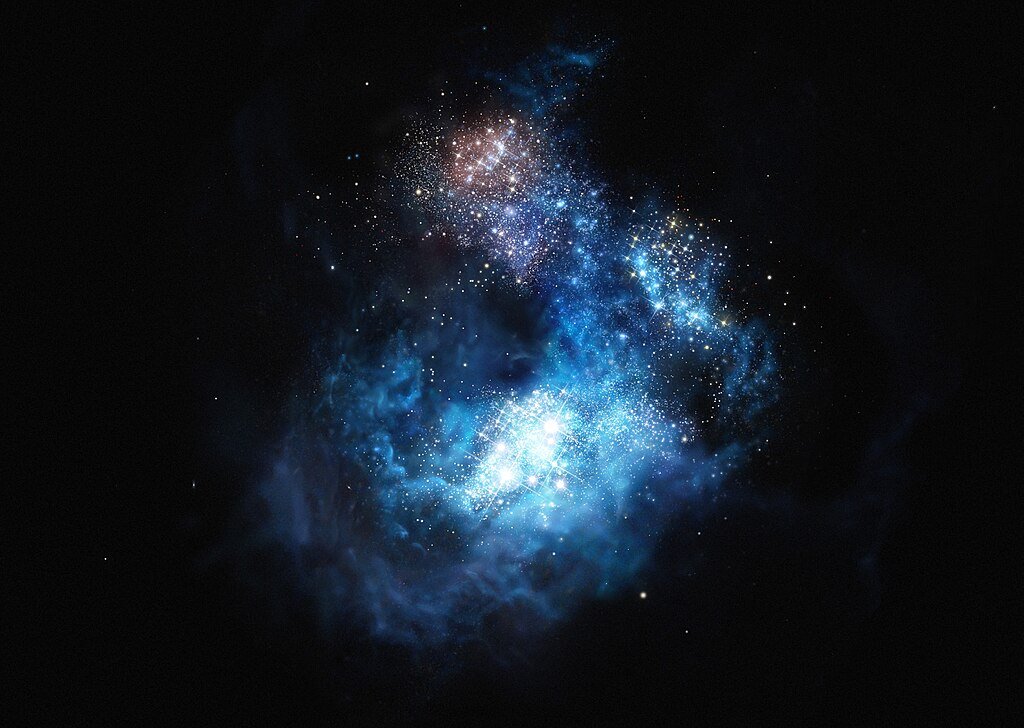
ENTs provide a rare view of the early universe since their brightness allows them to be seen across billions of light-years. The three verified incidents happened in galaxies so far apart their light traveled billions of years to reach Earth. Through their study, astronomers hope to find hidden supermassive black holes otherwise invisible.
“These explosions behave like cosmic lighthouses,” notes Hinkle. “They light areas of the universe we have never been able to investigate before.” Future missions including NASA’s Nancy Grace Roman Space Telescope (2027) and the Legacy Survey of Space and Time (LSST) Vera C. Rubin Observatory are expected to find scores more ENTs, maybe exposing black holes from the first billion years of the universe.
The Mystery of ‘Scary Barbie’ and What Lies Ahead
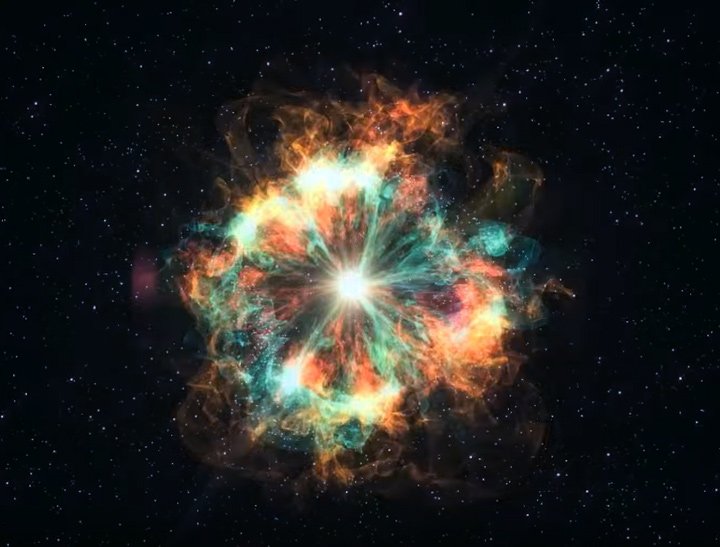
Ten times brighter than a normal supernova and spanning more than two years, ZTF20abrbeie (“Scary Barbie”) was the most extreme ENT found thus far. Its strange characteristics, including an erratic light curve, point to it perhaps involving a supermassive black hole whirling at near-light speeds, warping spacetime in ways that enhanced the explosion.
Future studies, Hinkle believes, will find even more extreme variations of ENTs. “Nature likes to be difficult,” he remarks. “What else lurks in the data that we have not yet identified?” With Rubin Observatory’s LSST set to scan the whole southern sky every few nights, astronomers might soon find answers or whole fresh cosmic puzzles.
A New Era of Explosive Astronomy
The identification of ENTs marks a turning point in time-domain astronomy, the study of cosmic events changing with time. Rubin’s ten-year “movie of the universe” will record brief explosions, providing real-time understanding of black hole behavior unlike stationary observations.
“This is only the beginning,” notes Payne. “Every new discovery might change our knowledge of black hole development and shape of galaxies.” The search for the most violent explosions in the universe is just beginning with Roman, Rubin, and next-generation telescopes online.
Conclusion: The Future of Cosmic Extremes
The discovery of ENTs shows that the universe still surprises us with hitherto unheard-of, record-shattering events even in a time of advanced telescopes. One thing is clear as astronomers get ready for a tsunami of fresh data from Rubin and Roman: the universe is far more explosive and mysterious than we could have ever dreamed.
As Hinkle says, “We thought we knew the boundaries of cosmic violence. As it happens, we were mistaken.”
Sources:

Suhail Ahmed is a passionate digital professional and nature enthusiast with over 8 years of experience in content strategy, SEO, web development, and digital operations. Alongside his freelance journey, Suhail actively contributes to nature and wildlife platforms like Discover Wildlife, where he channels his curiosity for the planet into engaging, educational storytelling.
With a strong background in managing digital ecosystems — from ecommerce stores and WordPress websites to social media and automation — Suhail merges technical precision with creative insight. His content reflects a rare balance: SEO-friendly yet deeply human, data-informed yet emotionally resonant.
Driven by a love for discovery and storytelling, Suhail believes in using digital platforms to amplify causes that matter — especially those protecting Earth’s biodiversity and inspiring sustainable living. Whether he’s managing online projects or crafting wildlife content, his goal remains the same: to inform, inspire, and leave a positive digital footprint.

